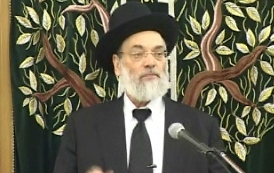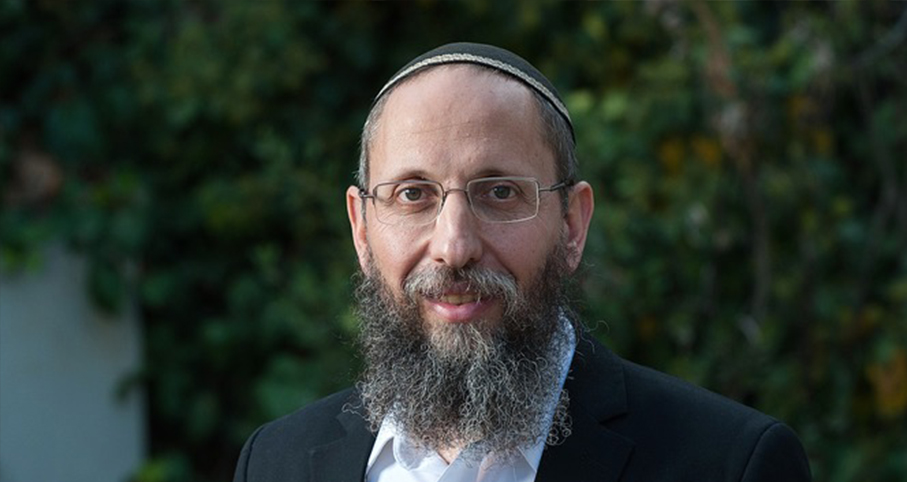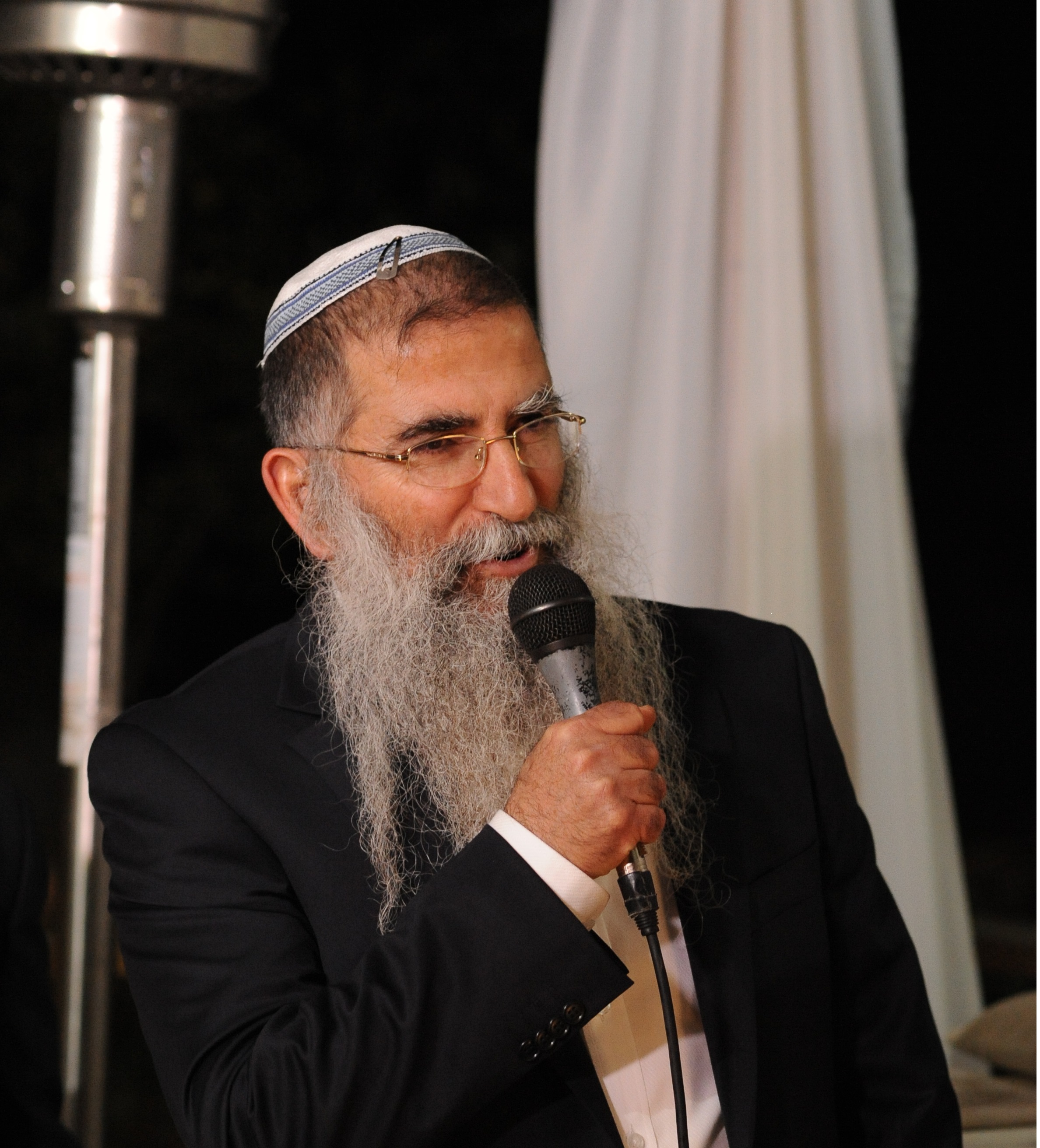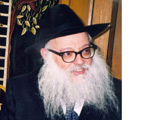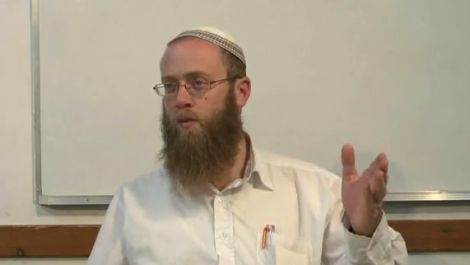Beit Midrash
- Sections
- Chemdat Yamim
- Parashat Hashavua
- Torah Portion and Tanach
- Vayikra
- Metzora
Rav Neventzal gives another answer, with the help of the gemara (Sota 32b) that explains why the chatat and olah are done in the same place. The gemara says that it is so those who are not intimately involved in the korban will not know whether he is bringing a voluntary korban or whether he sinned and needs atonement. Rav Neventzal posits that we might think that this is not true for a metzora, whose sin that is classically responsible for his physical/spiritual disease is the damaging lashon hara. Yet, stresses the Torah, his dignity, too, is to be preserved as much as possible.
Is a metzora really awarded such privacy?! After all, he must sit outside of the encampment and when people approach him, say "impure! impure!" (Vayikra 13:45-46). We can suggest at least two answers. A simple one is based on the understanding of the gemara (ibid.) that his calling out is for his own direct good, to make people feel bad and seek Divine mercy for him.
However, a second answer may give a little insight into the educational process the Torah employs in his regard. On one hand, while he is in the midst of paying for his crimes and introspecting on his lot, he is to realize the severity of his actions and the unwillingness of religious society to allow such behavior to go on in their midst. However, when his physical status improves and indicates the end to his suffering, he is to be welcomed back in a manner that gives him hope to reenter society as a respected person whose sins are behind him in the eyes of all.
This is similar to the person who requires the punishment of malkot (lashings). The Torah tells that once he has received his allotted number, it is strictly forbidden to add even one more lashing (Devarim 25:3). As a matter of fact, this pasuk is the source for the prohibition to hit anyone. The pasuk continues that if one hits him extra, then "your brother will be defiled before your eyes." Rashi points out: "All day long he is called a rasha, and after he is lashed, he is called your brother."
While no one should enjoy it, there is sometimes a need, in different forms under different circumstances, to punish someone. However, the Torah wants us to remember that we want to get the person to the point where he becomes a full member of society. He should be able to earn back the respect of others and, no less importantly, self-respect.

Parashat Hashavua: The Journey … from Charan to Mt. Moriah and Beyond
Rabbi Yossef Carmel | Cheshvan 5786

Parashat Hashavua: “See” and “Be Seen”
Rabbi Yossef Carmel | Cheshvan 5786

Parashat Hashavua: Nitzavim in the Parasha and by Yam Suf
Rabbi Yossef Carmel | Tishrei 5786

The Intersection of the Three Eichas
Rabbi Moshe Erenreich | 6 Av 5767

Rabbi Daniel Mann

Cooking for Shabbat at the End of Yom Tov
Iyar 20 5783

Davening Early on Shavuot
Iyar 26 5777

Ribbit in a Loan from an Irrevocable Trust Fund
Adar 7 5777


